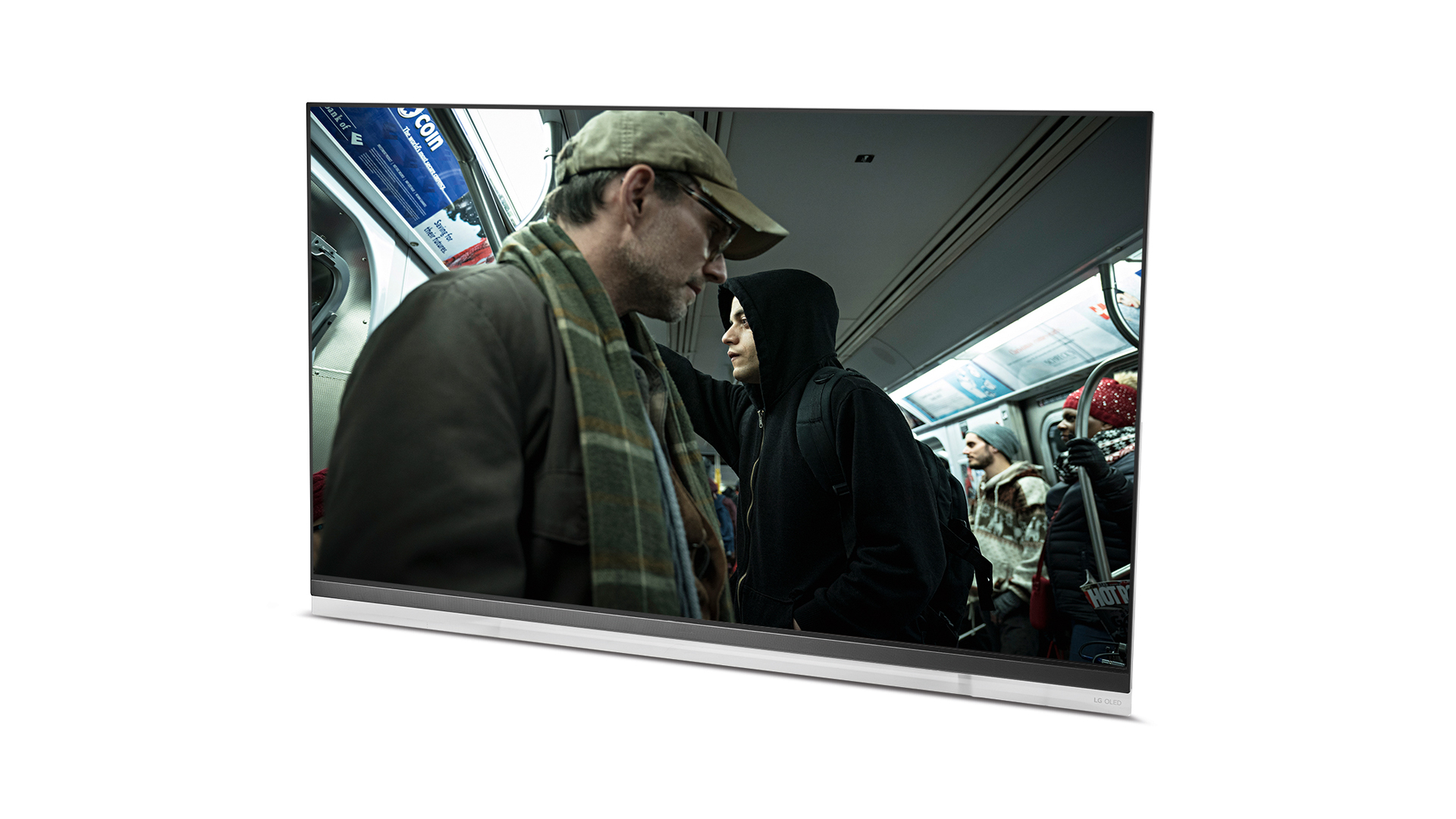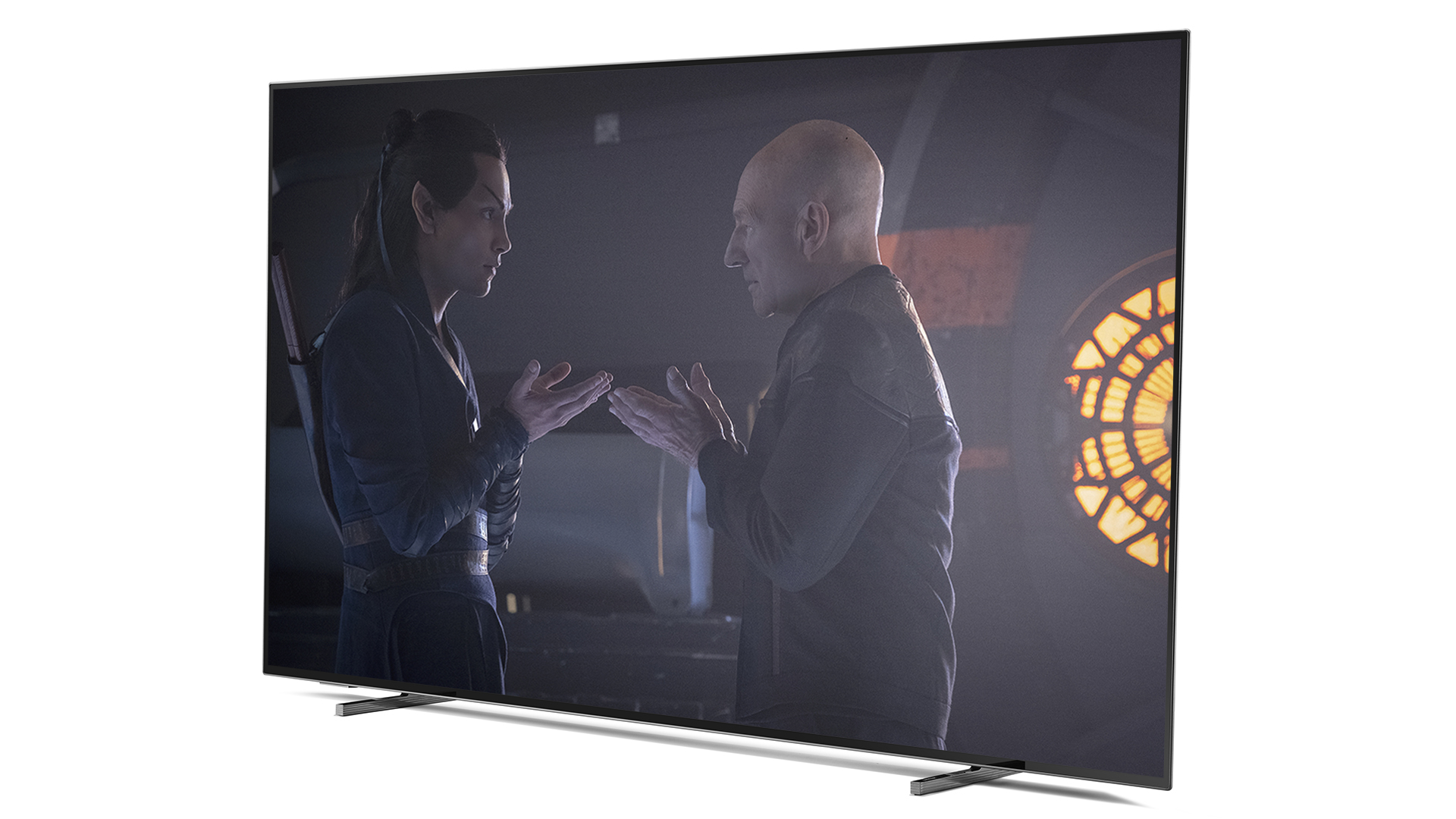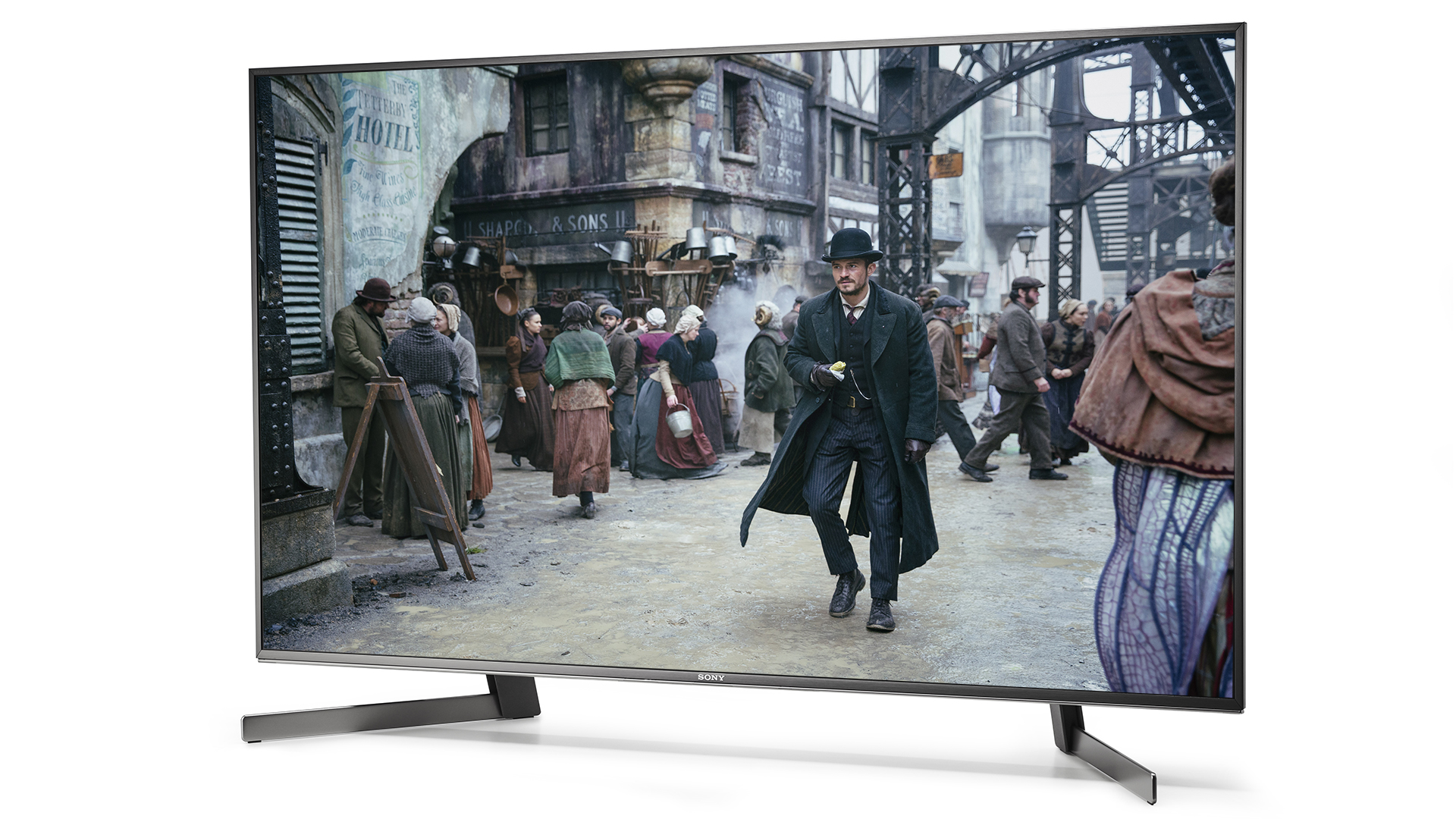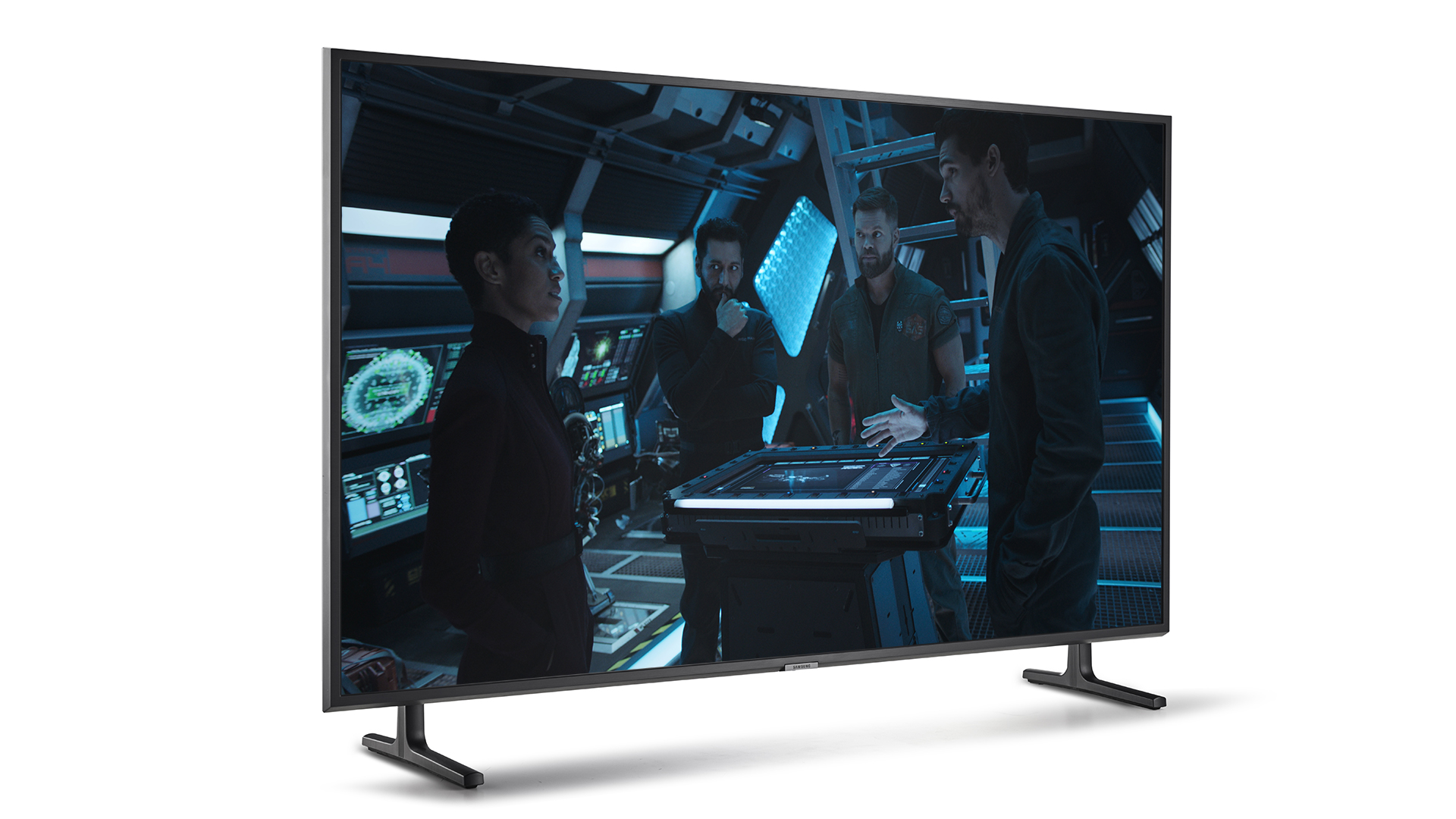OLED vs LED vs LCD: which is the best TV technology?
The differences, pros and cons of all of the different TV tech

The TV world is a minefield of different buzzwords, acronyms and abbreviations, and that can make choosing a new television a very tricky business indeed.
Even the slightest differences in an acronym can represent huge differences in TV technology and therefore performance. Take 'OLED' and 'LED', for example: that one extra letter represents a vast upgrade. Then there's 'LED' and 'LCD': just one swapped letter but these are completely different technologies.
So what is an OLED TV? How is it better than an LED TV? Why does no-one talk about LCD TVs anymore, despite that still being the most commonly bought type of TV? All of these questions and more are answered below.
What is an OLED TV?

You've almost certainly heard of 'OLED' and probably already know that it's widely accepted to be the best TV technology around, but what actually is it, and how is it different to what's gone before?
OLED stands for 'Organic Light-Emitting Diode', and is a type of display tech that involves a carbon-based film being placed between two conductors that pass a current through and cause the film to emit light.
What’s most important is that this light can be emitted on a pixel-by-pixel basis, so a bright white or coloured pixel can appear next to one that’s black or an entirely different colour, with neither impacting the other. That leads to truly exceptional levels of contrast that none of the other widely available TV technologies can match on account of their reliance on backlighting.
And because OLEDs don't rely on a thickness-increasing backlight, they can be slimmer and lighter than most TVs. Viewing angles tend to be more or less perfect, too, and response times can be supremely quick.
The latest hi-fi, home cinema and tech news, reviews, buying advice and deals, direct to your inbox.
On the negative side, the organic nature of an OLED panel means it's potentially susceptible to image retention and even burn-in, in a similar way to the plasma TVs of old. This doesn't seem to be as widespread a problem as some might have you believe, though. We've never had image retention problems with any of the OLEDs that we've tested (or the models that staff members have bought for use at home) and manufacturers do build in features to reduce the risk.
That said, those manufacturers do still feel the need to warn customers about the potential for image retention either in the TV's manual or as a pop-up message on first installation, so make of that what you will.
Also, while prices for OLED TVs have tumbled over the last few years and are likely to continue to do so, they still tend to be a fair bit more expensive than LCD/LED TVs. It's very rare to see an OLED under £1000, for example, whereas you can easily pick up a non-OLED for well under £500.
What is an LED TV?

Here's the thing; while manufacturers have been selling 'LED TVs' for years, LED isn't really a display technology in its own right. Confused? Bear with us.
The LEDs of an LED TV actually provide the backlighting for an LCD panel, so an LED TV is actually an LCD TV.
As manufacturers began to move away from CCFL (cold-cathode fluorescent lamp) backlights and started introducing LED backlighting, they went heavy on the marketing and convinced everyone that they simply had to upgrade their LCD TV to an LED TV, despite both panels actually being LCD.
But just because the marketing was a bit misleading doesn't mean the technology isn't worthwhile. Compared to an old CCFL backlight, an LED backlight can generally go brighter, offer better contrast, improve power efficiency, and reduce weight and thickness.
LED backlights generally come in two varieties: edge or direct (also sometimes referred to as full-array). The names are fairly descriptive: an edge LED backlight consists of LEDs running around the edges of the screen, while a direct LED backlight sits behind the LCD panel and shines light directly through it.
Broadly speaking, a direct LED backlight can go brighter and offer better contrast, but even the most advanced examples boast only around 500 LEDs that between them handle the lighting of the 8,294,400 pixels of a 4K display. In other words, even the best LED backlight can't match an OLED for close contrast control, although Samsung's flagship sets get much closer than you might imagine possible.
And yes, that was a reference to QLED, which we're not going to go into massive detail about here as we've already done a comprehensive QLED explainer, suffice to say that QLED TVs (currently) rely on an LED backlight that shines through a layer of quantum dots rather than LCDs.
Also on the horizon are microLED TVs, which are self-emissive LED TVs. Think of these as being like OLEDs that can go much brighter and don't suffer image retention and you're on the right lines. You can read more about this next-gen TV tech in our full microLED explainer.
What is an LCD TV?

Once you realise that 'LED TVs' are actually LCD TVs with better PR, you realise that LCD is by a huge margin the dominant TV technology in terms of sales - and it has been for well over a decade.
Created (along with plasma) to replace the huge CRT (cathode ray tube) televisions of old, LCD (liquid-crystal display) TVs have a panel of liquid crystals through which light from a backlight is shone. These backlights initially consisted of CCFLs (cold-cathode fluorescent lamps) but now are almost always made up of LEDs (see above).
Compared to what had gone before, LCD TVs were lighter, thinner, brighter, more colourful and cheaper to produce, but early examples in particular regularly struggled to produce deep blacks and convincing contrast.
These days, though, there are lots of very good LCD-based TVs around and many represent exceptionally good value (the Samsung UE49RU8000 is one of the best performance-per-pound televisions you can currently buy), but there's no denying that OLED is better. One day, when OLEDs become much more affordable and something else (microLED?) replaces it at the top of the TV tech tree, LCD will drift off into the long goodnight, but there's plenty of life in the old dog yet.
MORE:
Tom Parsons has been writing about TV, AV and hi-fi products (not to mention plenty of other 'gadgets' and even cars) for over 15 years. He began his career as What Hi-Fi?'s Staff Writer and is now the TV and AV Editor. In between, he worked as Reviews Editor and then Deputy Editor at Stuff, and over the years has had his work featured in publications such as T3, The Telegraph and Louder. He's also appeared on BBC News, BBC World Service, BBC Radio 4 and Sky Swipe. In his spare time Tom is a runner and gamer.

